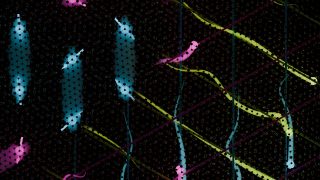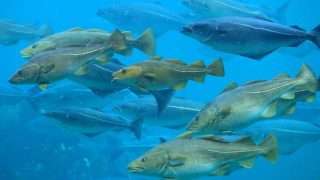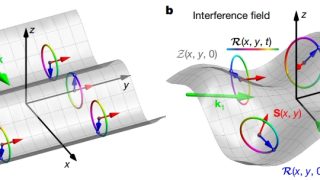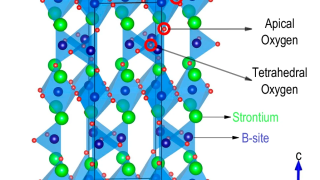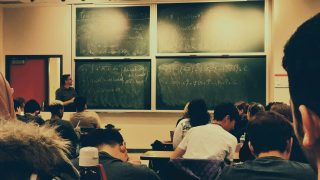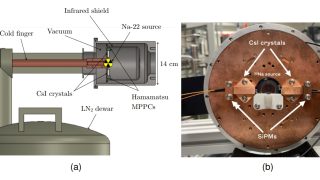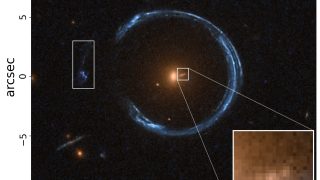
Circle versus rectangle: Finding Earth-like planets
The Earth supports the only known life in the universe, all of it depending heavily on the presence of liquid water to facilitate chemical reactions. While single-celled life has existed almost as long as Earth itself, it took roughly three billion years for multicellular life to form. Human life has existed for less than one-10 […]
